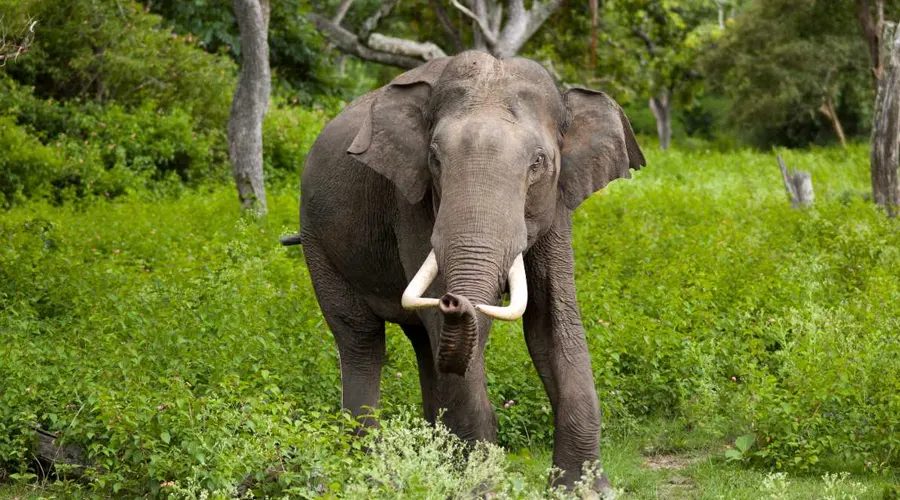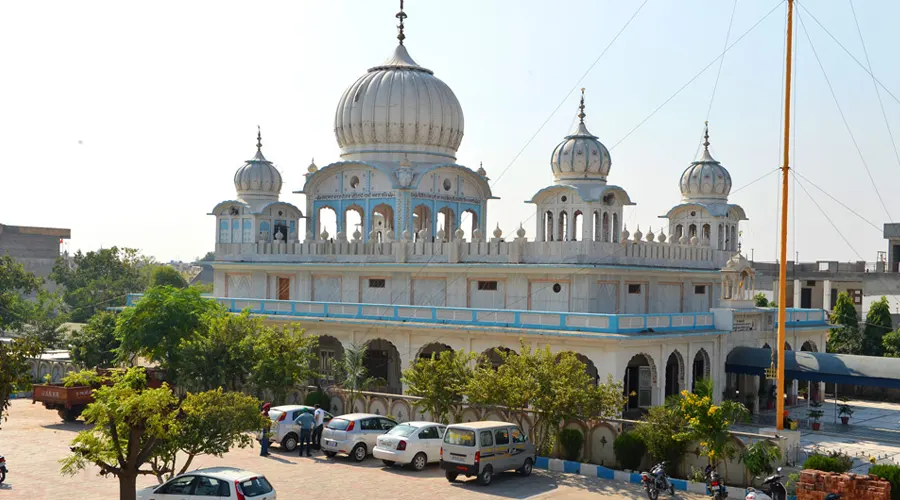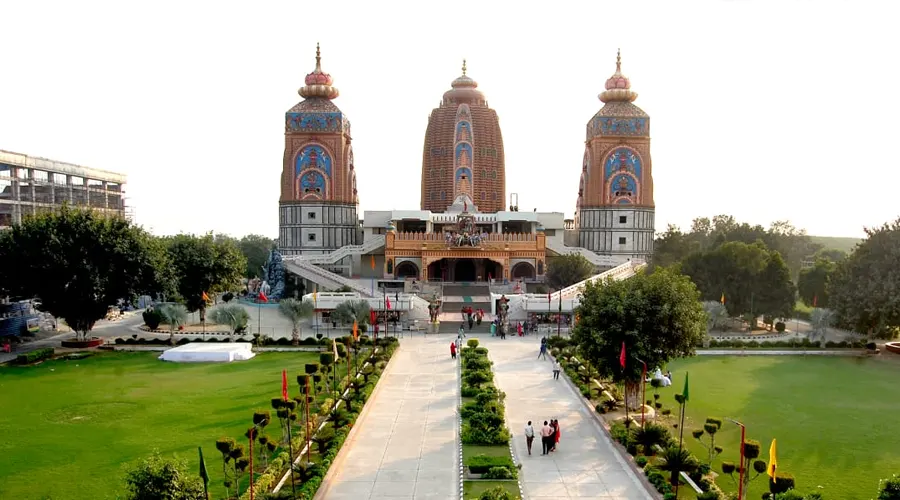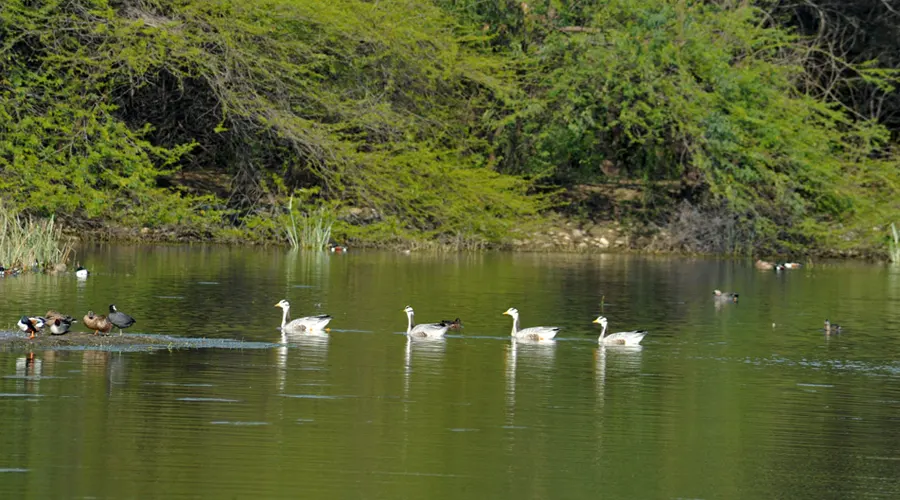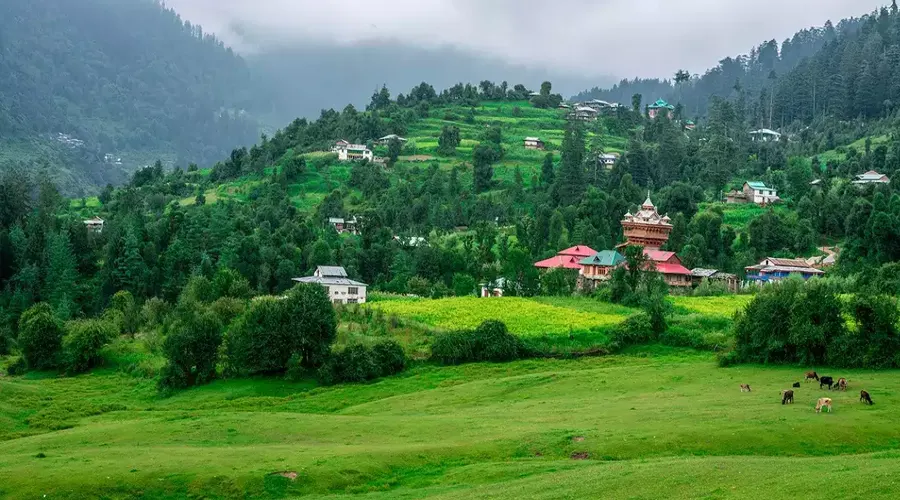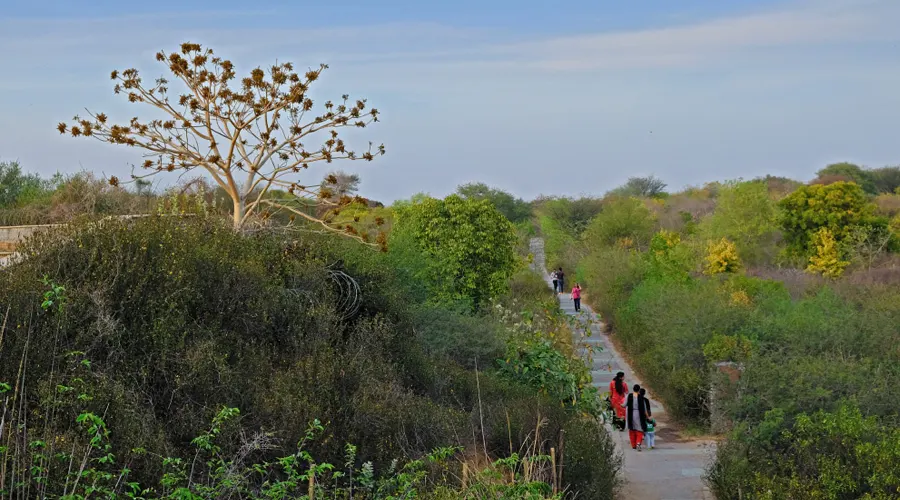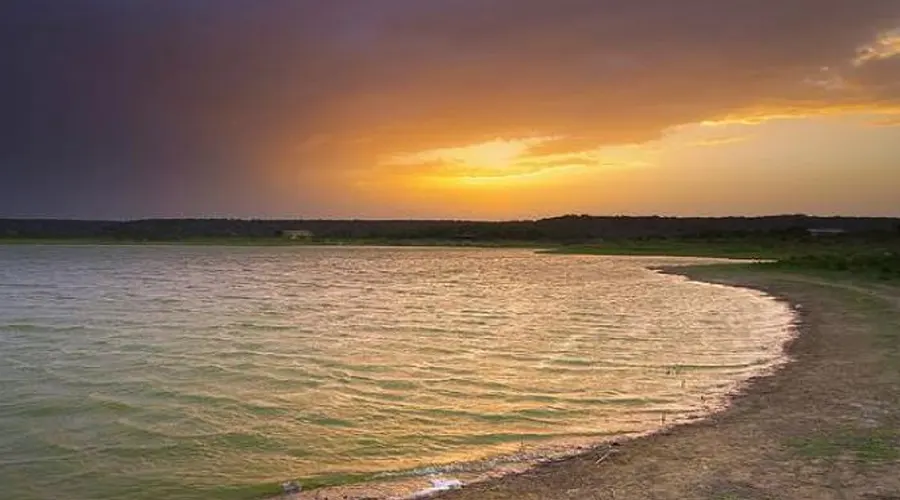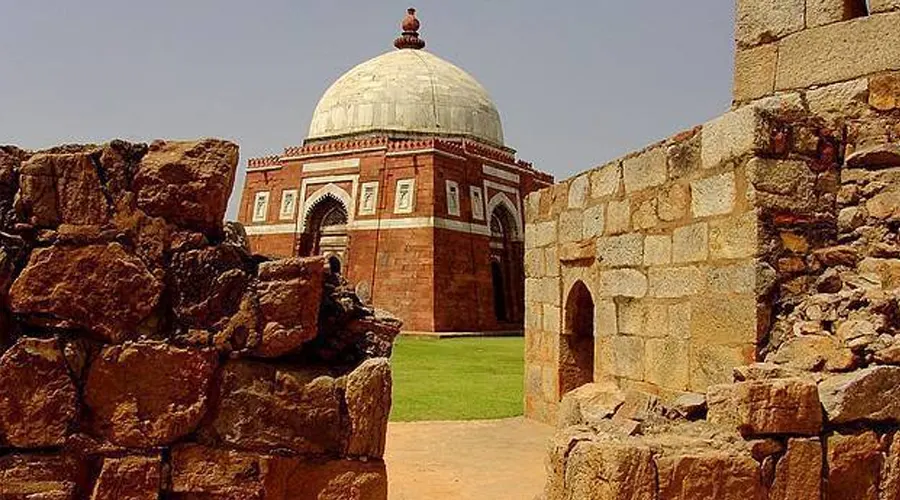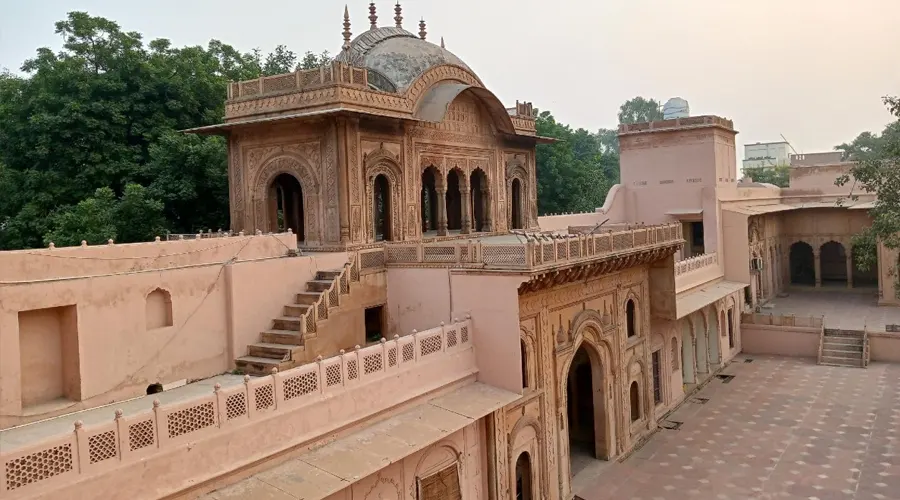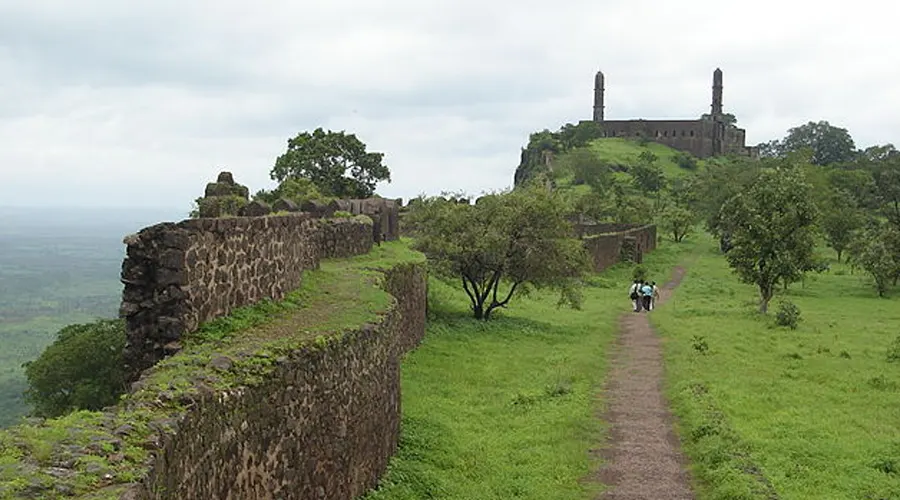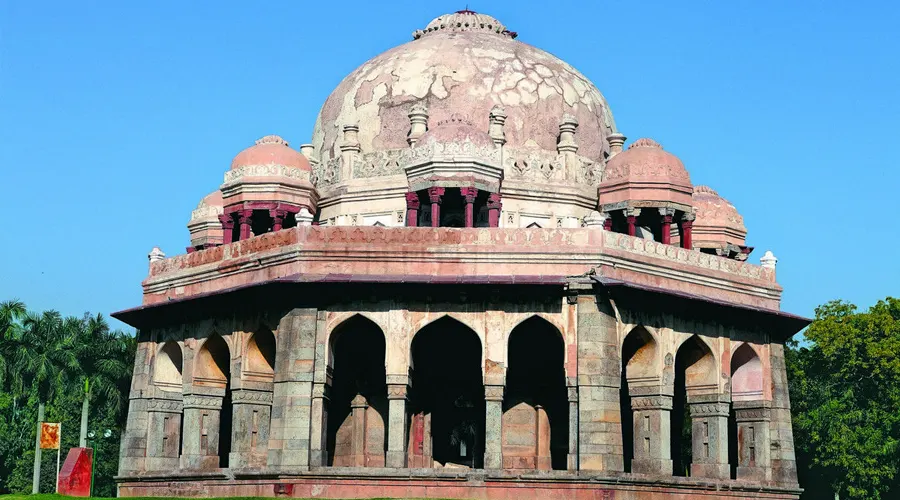Kalesar National Park
Kalesar National Park, located in the Yamuna Nagar district of Haryana, India, is a pristine natural reserve spread across 53 square kilometers on the foothills of the majestic Shivalik range. The park is a biodiversity hotspot and plays a critical role in the conservation of many species.
It supports a range of flora, including sal forests and mixed deciduous forests, making it an ecological treasure. The landscape is marked by hilly terrains and the Yamuna river which skirts its boundary. Kalesar is known for its population of wild animals, particularly its elephants, leopards, and several species of deer. Birdwatchers also frequent the park owing to its rich avian diversity.
The park forms a contiguous forest cover with Rajaji National Park in Uttarakhand and is a vital corridor for wildlife movement. Tourists and nature enthusiasts visit Kalesar not just for its wildlife, but also for the serene environment, trekking opportunities, and the picturesque views of the countryside that it offers. It’s one of the few places in North India where wilderness can be experienced in its raw and untouched form.
History pf Kalesar National Park
The place was deemed to be a national park on 8 December 2003. It was named after a temple (known as Kalesar Mahadev temple) located inside the premises of the park. In earlier times, rulers under the Mughal and British Raj used the now park as hunting grounds. They mainly hunted tigers. Around 1892, the number of tigers in the area reduced significantly. The numbers went alarmingly low, and thus, hunting was banned in the park in the early 20th century.
The park is also famous for its Dak bungalows – the administrative architectural bungalows built in colonial times. All these structures go back to the 1900s. Their dominant features are high ceilings, teak panelings, unique parquet flooring, and antique furniture. A fireplace combined with a mantelpiece over it completes this periodical setting.
Wildlife Safari at Kalesar National Park
Wildlife Safaris on Jeeps are the best way to explore the incredible flora and fauna the park offers. The safaris are available on three motorable tracks.- 1. 7 km and 20 feet wide.
- 2. 6.5 km and 60 feet wide
- 3. 6 km and 60 feet wide

